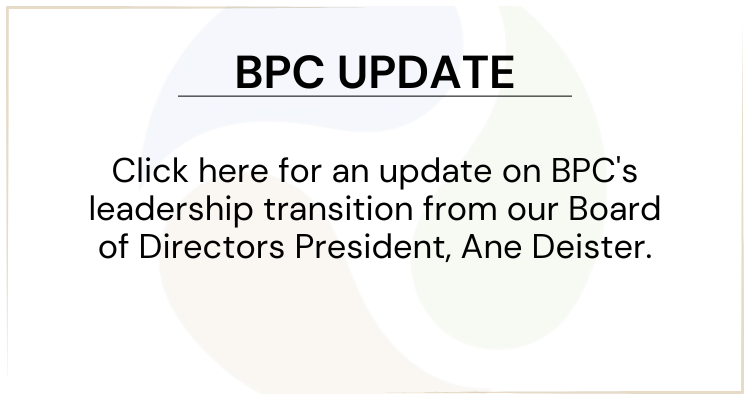Work to save San Francisco Bay only just begun
Dec. 21, 2015
If you love the bay – and if you live in the San Francisco Bay Area, chances are you do – you need to know: We have work to do. Rising seas, a warming climate and extreme weather threaten to damage our bay shores, flood our urban communities, harm wildlife, pollute waters and destroy recreational areas. But thanks to a consortium of 21 organizations that care about the bay, there are plans and strategies to protect our bay, beginning with a goal to restore 100,000 acres of baylands.
What is needed now is you.
You need to help spread the vision of a restored bay and persuade officials in the 101 Bay Area governments to share in it, and quickly. Sea-level rise threatens to drown our marshes and damage the health of the bay ecosystem and the communities that surround it. To outpace rising seas, we need to restore twice as much acreage in the next 15 years as we have in the past 15 years.
If you drive by the bay, walk by the bay, gaze from your boat at the wind rippling the bay waters or just watch the fog roll across the bay, you know the scenery changes with the tide. The area between the high tide and low tide marks is the baylands. That’s where, ecologically speaking, the action is. That is the area we need to restore so the marsh plants and meandering waterways can help protect us from destructive waves.
We need to pursue “green solutions, not gray solutions” – that is, work with nature, said Letitia Grenier, a San Francisco Estuary Institute scientist who led the update of the 1999 Baylands Goals. Green solutions mean breaching a dike to inundate farmland or salt ponds. Or restoring natural river channels and expanding tidal wetlands to prevent flooding and aid in cleaning polluted waters.
Save the Bay, a consortium member, suggests that a $1.5 billion investment in restoration will do much to allow shorelines, wildlife and recreation areas to survive the effects of climate change. That’s a reasonable expense compared with the estimated $10.5 billion in damage a severe storm could deliver, according to the Bay Area Council, a business voice in the consortium. Raising levees, rebuilding dikes, building sea walls and other “gray” (and very expensive) solutions, while protective in some areas, are potentially destructive in others.
More daunting is where to get 200 million cubic yards of sediment to raise the bay floor ahead of rising waters and nourish marsh vegetation. Upstream dams, which slow the pulse of the spring floodwaters that push sediment to the bay, and rules that require material dredged from channels to be dumped at sea, have resulted in not enough muck. Where there’s a need, there is an opportunity for some savvy entrepreneur to develop a business model to deliver more mud.
Shorelines are beloved, highly valued and thus guarded by a thicket of local, state and federal regulations. We need to work together to revise the rules and permitting procedures to allow for new restoration strategies that will reflect a shared vision of a healthier bay. And to get us closer more quickly and effectively to that 100,000-acre goal of tidal marsh to protect our bay.
Four maps of SF Bay Restoration at
The target:
100,000 acres
San Francisco Bay baylands have been disappearing since the 1800s. In 1999, the Bay Area community set out to ensure that the bay had 100,000 acres of tidal marsh.
1999: 40,000 acres (36,000 existing; 4,000 restored)
2009: 46,000 acres (existing and newly restored)
2015: 58,000 acres (existing, newly restored and evolving into marsh)
Near future: 72,000 acres (existing, evolving and acquired for restoration)
2030: 100,000 acres – goal reached
Source: San Francisco Estuary Institute

